Students Learn About Spectrum Technology From Industry Experts
Industry leaders, faculty, students, and staff from universities across the country gathered on the Long Island campus from June 9 through 12 for Spectrum Sizzle, an undergraduate spectrum workshop.
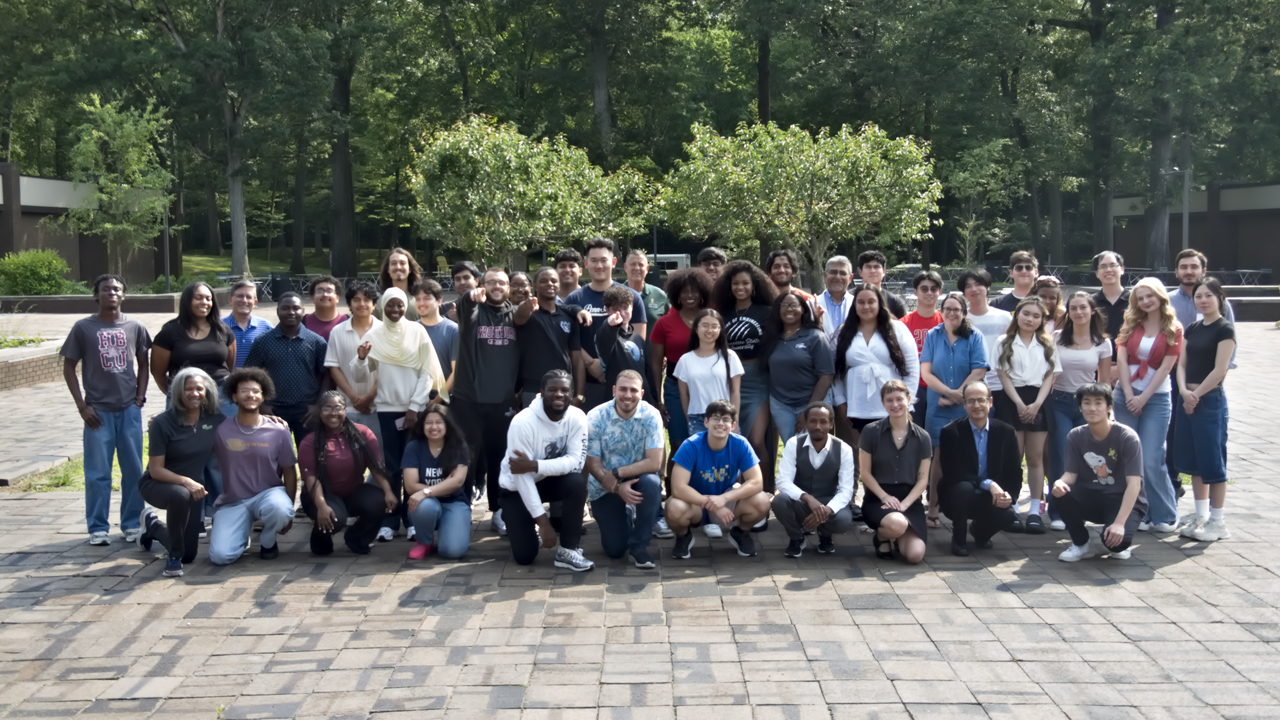
The National Science Foundation-funded SMART Hub, a spectrum innovation center comprising 25 research professionals across 15 universities, led the four-day workshop. Designed to prepare the next generation of engineers, policymakers, and innovators, the Spectrum Sizzle workshop provided a one-of-a-kind opportunity for undergraduate students to explore the many dimensions of spectrum technologies guided by expert faculty, engineers, and industry professionals.
To kick off the event, Provost and Executive Vice President Jerry Balentine, D.O., Vice Provost for Research Jared Littman, Ph.D., and Dean of the College of Engineering and Computing Sciences Babak D. Beheshti, Ph.D., welcomed guests and introduced the workshop’s offerings. “This week, you’re not just participants—you are pioneers exploring the frontiers of wireless spectrum technology,” said Beheshti. “Whether you’re aiming for graduate school, industry innovation, or public policy, this workshop is designed to prepare and inspire you.”
Thirty-nine students from 15 universities attended the four-day workshop, including New York Tech, Alabama A&M University, Florida State University, Hofstra University, and University of Colorado Boulder. Spectrum Sizzle focused on educating the participants on key areas of wireless communications, spectrum management passive systems, radar systems, circuit design, and policy.
The students were split into four collaborative groups led by faculty mentors and graduate student leaders. Throughout the four days, the student groups rotated through lectures taught by faculty and industry experts Andrew Clegg, Ph.D., from Baylor University, Kevin Nguyen from Keysight Technologies, Rashaunda Henderson, Ph.D., from the University of Texas at Dallas, Batu Chalise, Ph.D., from New York Tech, and N. Sertac Artan, Ph.D., from New York Tech.
Following the lectures, students participated in laboratory exercises to help reinforce their technical understanding through hands-on learning. The labs included a mock spectrum proceeding where students debated policy issues for the Federal Communications Commission, sought and identified radio frequencies with spectrum analyzers, tested and analyzed radar systems data, transmitted communications through a radio, and soldered circuits together to create filters. The students were eager to apply their newfound knowledge to the collaborative and team-based activities.
“My favorite part of the workshop was learning about spectrum radar. We walked around outside and connected to radio stations, listening to music,” said Soad Hossain, a computer science student.
Mechanical engineering student Inaya Syed attended the workshop because she wanted to expand her knowledge on WiFi and data and apply it to her startup. Syed is working on building a noise filter. “I really liked the circuits class, which is directly related to my startup.”
In addition to the lectures and labs, the students also had the opportunity to listen to several speakers on relevant spectrum-related topics. Chalise gave an introduction to spectrum usage and management, Annil Chinnan and Michael Pinnock from Lockheed Martin led a dialogue on navigating without GPS, and Lorenzo Lo Monte from TTM Technologies spoke about the future of radars.
Along with the educational nature of the workshop, the students networked and participated in bonding activities, including a full-campus scavenger hunt where student teams competed to find hidden boxes by tuning into the correct frequencies on spectrum analyzers.
“I really enjoyed the experience,” said Hossain. “Although spectrum is outside of my major, it’s something new and I’m excited to learn about it.”
By Sophie Yoakum
More News
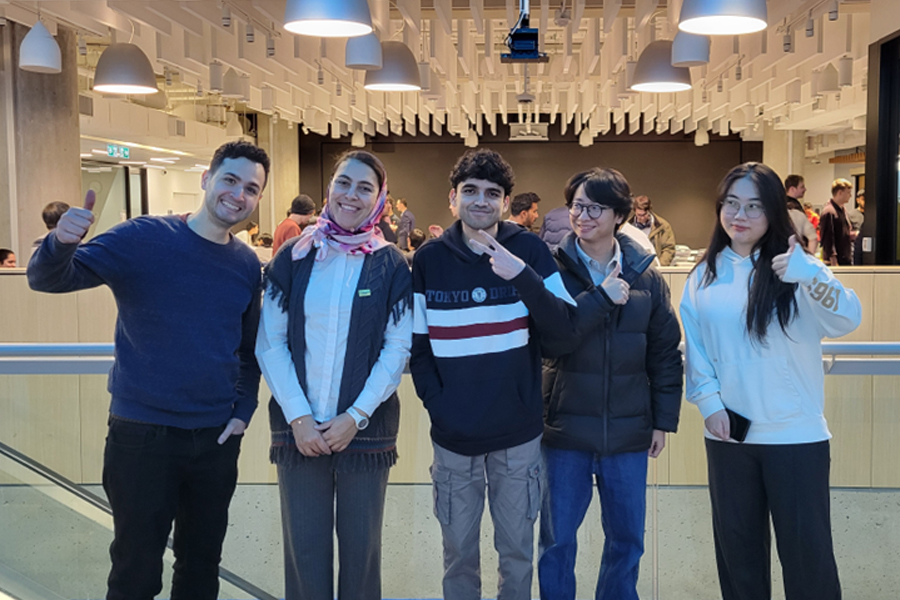
Vancouver Cybersecurity Students Hack Their Way to Third Place at CyberSci 2025 CTF Competition
New York Tech-Vancouver students achieved a significant milestone at CyberSci 2025, earning third place in the Vancouver region and 25th overall out of 86 teams across Canada.

Peer Success Guide Recognized at Conference
Computer science student Keerthi Kapavarapu visited San Francisco for the College Reading and Learning Association’s 58th Annual Conference, where she received the Outstanding Peer Educator Award.
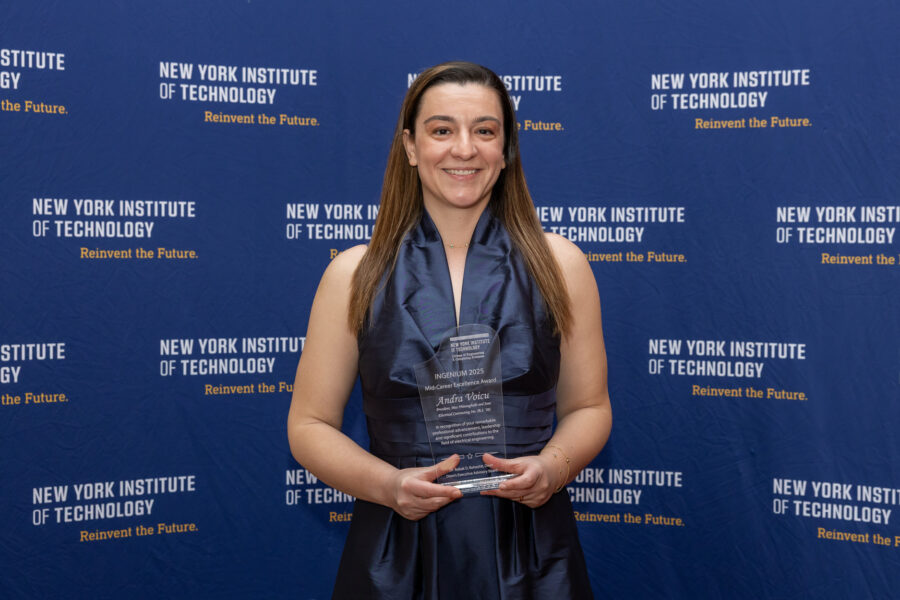
For the Love of Engineering
Andra Voicu (B.S. ’08) found the love of her life—electrical contracting—after joining her father’s business and working behind the scenes on municipal buildings projects in the New York area.
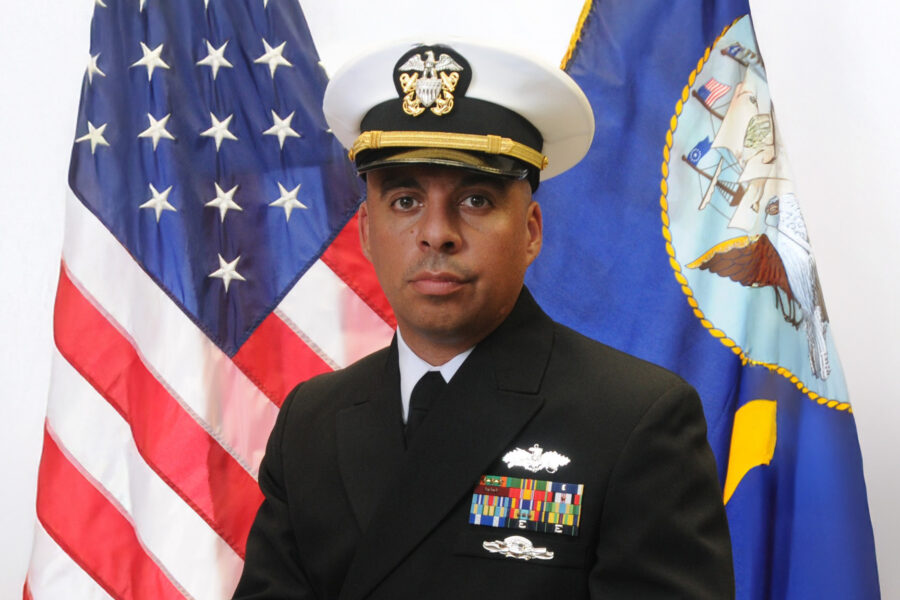
Student Veteran Spotlight: Dru Arana
Dru Arana joined the U.S. Navy to get field experience in construction and civil engineering. After a successful career, he decided to pursue a lateral shift into energy and sustainability engineering, enrolling in the College of Engineering and Computing Sciences.
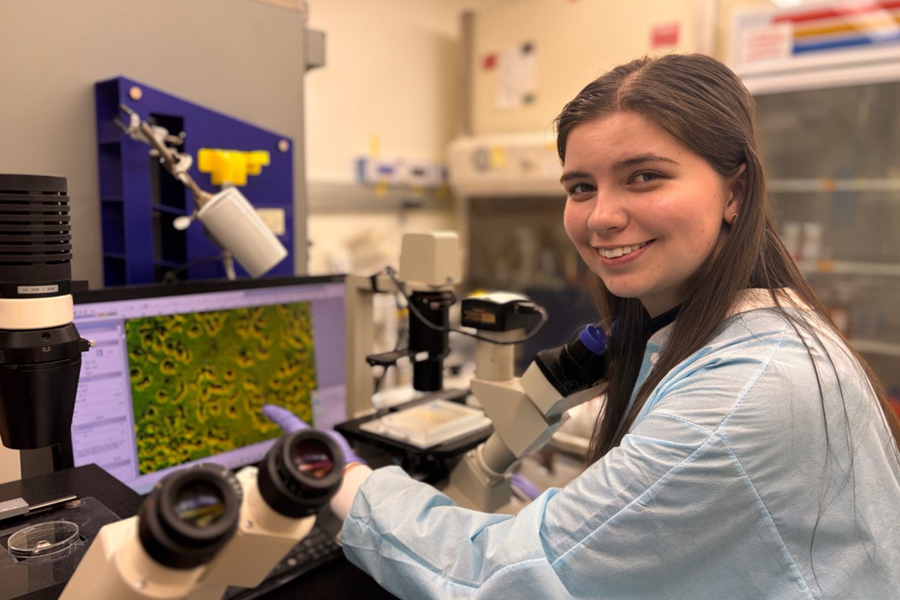
Intern Insight: Madalina Cupsa
Bioengineering student Madalina Cupsa began interning at The Mount Sinai Hospital in January and is now approaching one year as a research assistant.
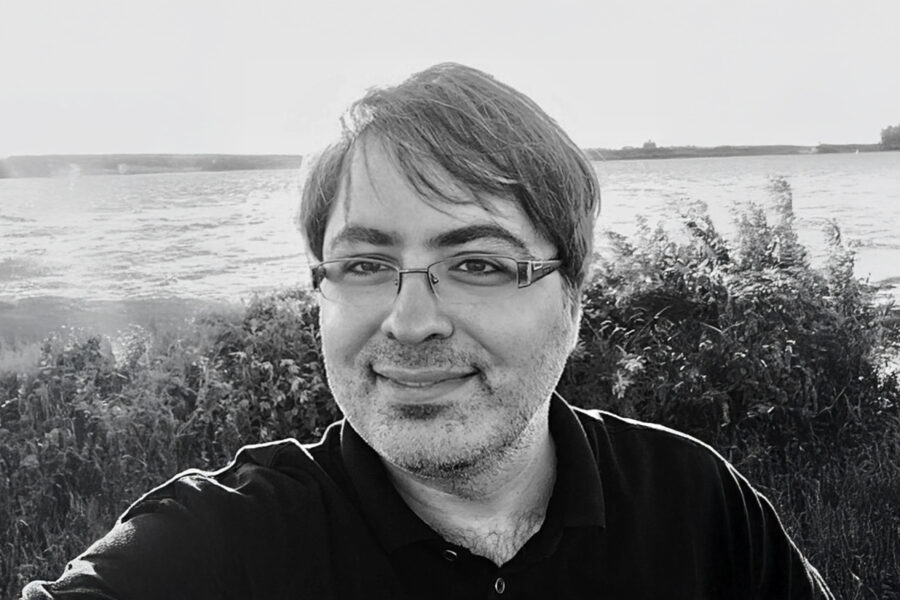
Engineering a Cancer Treatment Game Changer
A groundbreaking project co-led by the College of Engineering and Computing Sciences’ Steven Zanganeh, Ph.D., provides the world’s first functional, drug-testable, 3-D-printed human colon model.